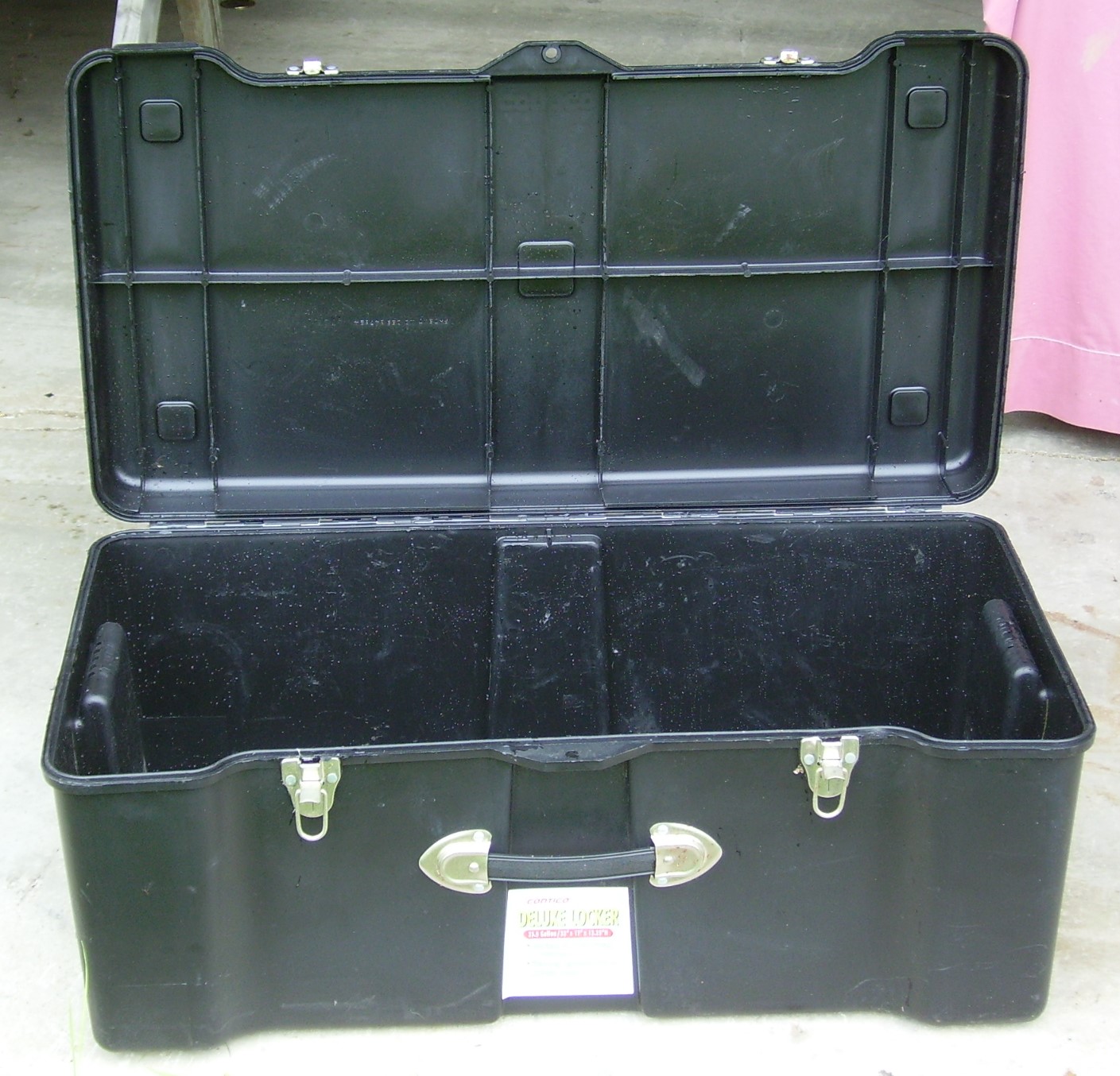Remember That I Have Two Ears and One Mouth
In January last year I wrote about my core values and how I use them as a life filter. In that post I told you that I would go into each one in more detail. In this week’s solution we will dig into another one. It is to Remember that I have two ears and one mouth.
 This core value points out that good communication is twice as much about listening. This makes perfect sense why God gave us two ears and one mouth. I have accepted the fact that I like to talk and do quite a lot of it. I believe that over communication is better than poor communication.
This core value points out that good communication is twice as much about listening. This makes perfect sense why God gave us two ears and one mouth. I have accepted the fact that I like to talk and do quite a lot of it. I believe that over communication is better than poor communication.
This core value reminds me of the importance of listening.
Within the last week I had two different people compliment me on my ability to communicate. One was directed at speaking and the other to writing. This was nice because I haven’t considered this to be something that I was particularly skilled at. The fact that this was communicated to me, was encouraging and inspiring.

Poor communication or the complete lack of it is one of the biggest issues in business and in life. How can I expect to help people build their dreams if we don’t communicate? Too often assumptions are made, and they lead to disasters.
If I don’t know what you want to achieve, and I don’t accurately tell you what to expect, somebody is going to be disappointed.
It is understandable why communication gets ignored. We’re busy. Communication takes time and we don’t have any extra. Whether it is listening, talking or writing…it takes time. You’ve probably heard the proverb ‘haste makes waste’. This is more evident now than ever. We are an instantaneous people. We want everything now. Aesop’s Fable about The Tortoise and the Hare points out how intentional focus on the goal and a steady movement toward it will win the race.

The constant connection to our electronic devices also contributes to our losing the ability to communicate well. There is nothing wrong with electronic devices. They allow us to connect with more people than ever before. It’s just that it can be hard to convey emotion electronically. We need to be careful to strive for and maintain a balance.
This is the ninth core value that I have written about in more detail. You can read the others here:
Take off the blinders, be more observant
Spend time wisely, there is a limited amount
Never be satisfied with mediocrity
Find and maintain the balance in everything
Move the mountain one shovel full at a time
That only leaves three more to examine more thoroughly. I will communicate about them in more detail in the future so keep following these Weekly Solutions and if you know of anyone that you think would enjoy or benefit from these solutions be sure to share this link with them.





 I was involved in a situation this week that is a good example of what can happen when there is little or no communication. I was in small claims court as a witness in a double law suit between a building contractor and their customer. The contractor sued for an unpaid balance for work performed. The customer counter-sued for inadequate and poor-quality workmanship. Both parties had legitimate claims and neither party won. When everything was over they both dropped their suits. What could have, no should have, been an enjoyable and rewarding experience for both, ended as a losing situation for everyone involved. This whole mess could have been avoided had they started communicating in the beginning. There was no written agreement of any kind, just a verbal agreement with an hourly rate. This left too many unanswered questions and assumptions.
I was involved in a situation this week that is a good example of what can happen when there is little or no communication. I was in small claims court as a witness in a double law suit between a building contractor and their customer. The contractor sued for an unpaid balance for work performed. The customer counter-sued for inadequate and poor-quality workmanship. Both parties had legitimate claims and neither party won. When everything was over they both dropped their suits. What could have, no should have, been an enjoyable and rewarding experience for both, ended as a losing situation for everyone involved. This whole mess could have been avoided had they started communicating in the beginning. There was no written agreement of any kind, just a verbal agreement with an hourly rate. This left too many unanswered questions and assumptions.

 During my thirty-five plus years of continually working to achieve and maintain some level of control I have used a whole lot of different tools. Some were old school some high tech. To this point the best tool I have found for organizing and communicating is Microsoft OneNote. This tool is great for organizing and communicating. It does so much, so well, that I don’t need a bunch of different apps that do different things and don’t sync well across different systems and devices.
During my thirty-five plus years of continually working to achieve and maintain some level of control I have used a whole lot of different tools. Some were old school some high tech. To this point the best tool I have found for organizing and communicating is Microsoft OneNote. This tool is great for organizing and communicating. It does so much, so well, that I don’t need a bunch of different apps that do different things and don’t sync well across different systems and devices.